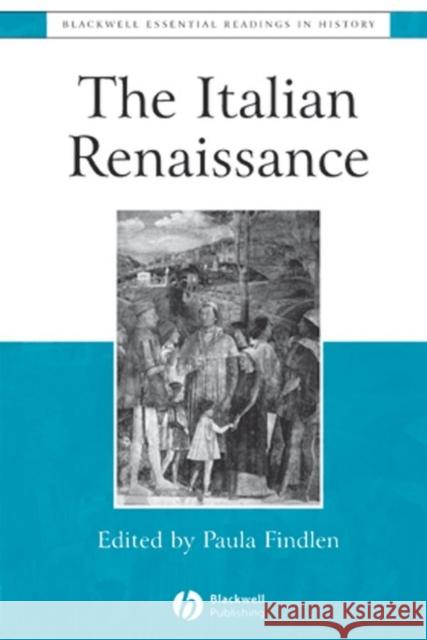Italian Renaissance Readings » książka
topmenu
Italian Renaissance Readings
ISBN-13: 9780631222835 / Angielski / Miękka / 2002 / 368 str.
Thirteen of the most important critical essays on the Italian Renaissance are brought together in this volume.
- Brings together critical essays on the Italian Renaissance.
- Provides an ideal starting point for non-specialists studying this period.
- Includes new research as well as classic interpretations.
- Editorial apparatus helps students to engage with the material.











